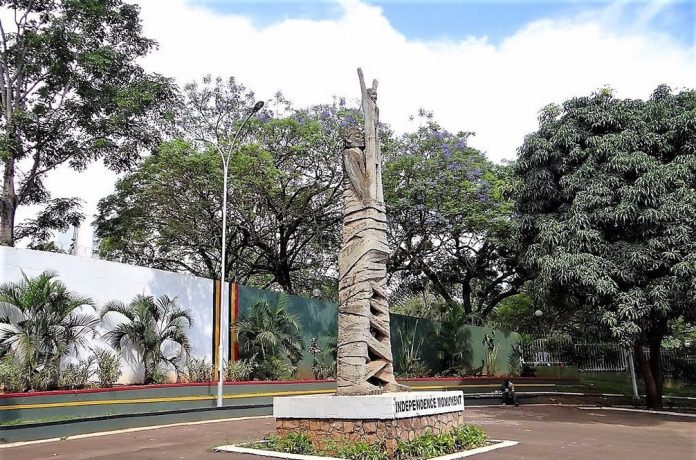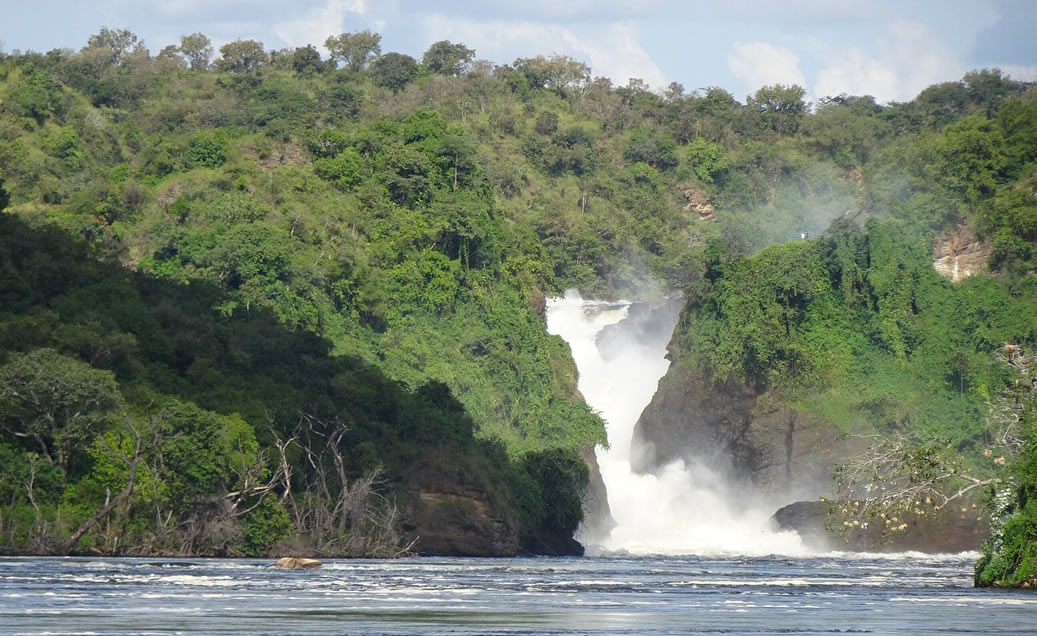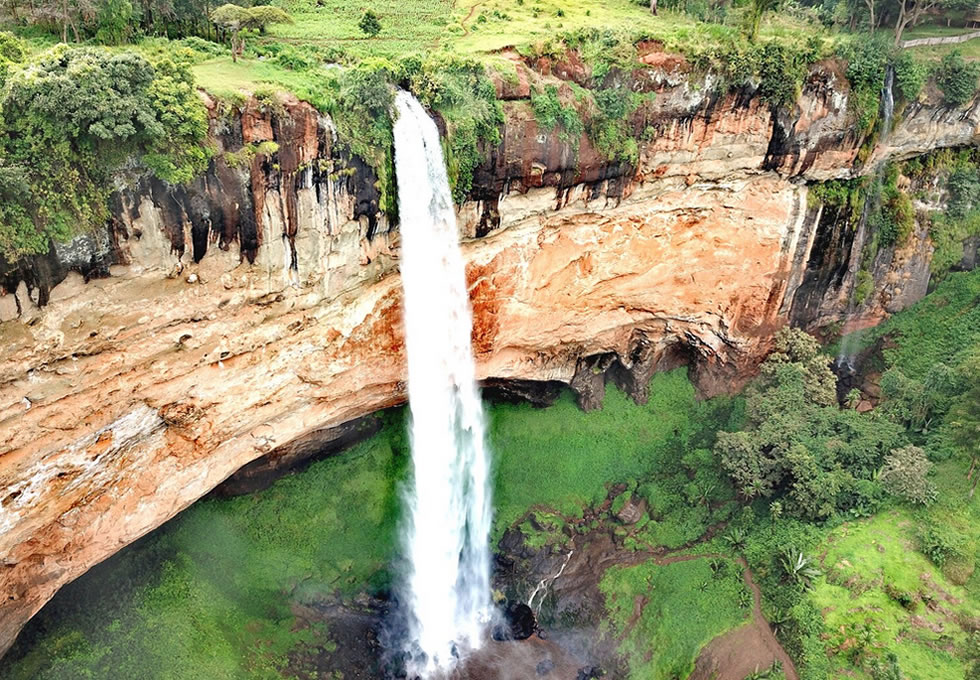For over five decades ever since Uganda got its Independence, the independence monument has imposingly stood height of 6 meters at the heart of the capital between the Sheraton Kampala Hotel, Grand Imperial Hotel and Stan-Chart bank whilst staring down at the Grand Imperial Hotel to the right and Standard Chartered Bank to the left.
It is one of the most distinctive landmark of Uganda, a work of art that shows a woman with wrapping all over her body standing firmly on the ground with her legs slightly parted while hoisting a child in the air. The child looks like a little boy with his hands raised in victory. This signifies a new born country let free from colonialism and bondages.
This was the work of Gregory Maloba, a Luhya sculptor from Kenya who studied and taught art at Makerere University from 1939- 1965. He executed this work using from cement, sand, iron bars and wire mesh in the months towards the day of Uganda’s Independence, October 9, 1962. Gregory Maloba was one of the better-known artists then with a well-documented track record in art at that time. Gregory was assisted by John Kisaka, one of his graduate students, now a retired teacher.
It is said that this monument was deemed incomplete as the initial sketch had two human figures at each side, each playing a trumpet, perhaps as a sign of jubilation. Despite this, the Independence monument turned out to be of much artistic and symbolic significance to Uganda.
In time for the 2007 Commonwealth Heads of Government Meeting (CHOGM), the Independence Monument was revamped and the wall behind it painted with a few stripes of the Uganda Flag colors.
The Independence monument is a must see if you are travelling to Kampala. With the beautification around the monument, you need to carry your camera for the memorable capture of the sight. This is among Kampala’s top Attractions and best sight when doing city walks










